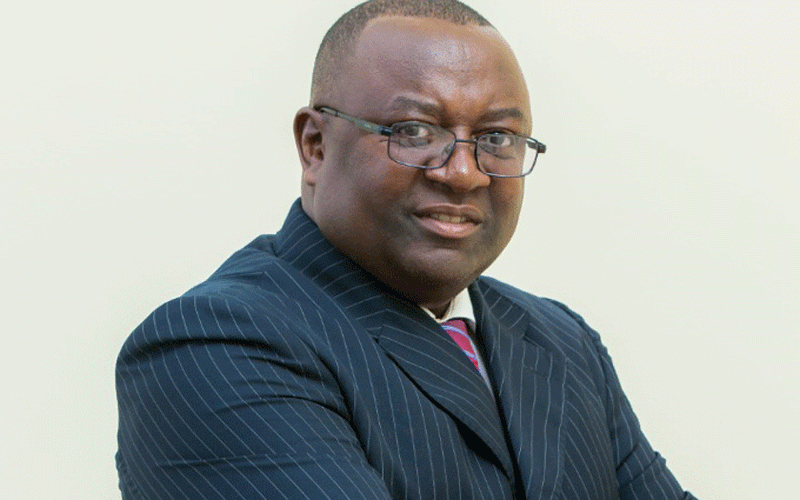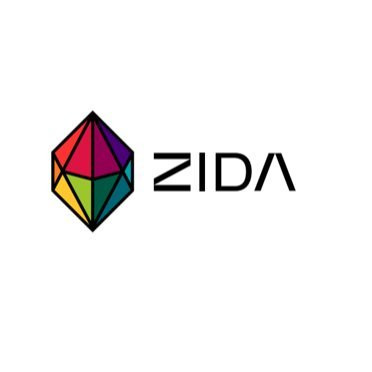
In a bold stride toward reshaping Zimbabwe’s digital economy, Liquid Intelligent Technologies has appointed Loretta Songola (LS) as the new CEO of its local operations. Taking the reins at a pivotal time, Songola brings a transformative vision centred on cutting edge technologies — particularly artificial intelligence (AI) and strategic satellite partnerships. In this exclusive interview with Zimbabwe Independent assistant editor Mthandazo Nyoni (MN), Songola lays out Liquid’s ambitious roadmap, from the integration of tools such as Microsoft Copilot and Cassava AI to the company’s strategic partnership with satellite giants, including Eutelsat. She shares how these moves will not only power operational efficiency but also deliver lasting impact across Zimbabwe’s business, education, and health sectors. As the world marks World Telecommunication and Information Society Day 2025 — with a focus on gender equality in the digital age — Songola speaks candidly about leadership, inclusivity, and how Liquid is connecting communities through a combination of fibre expansion and future-ready infrastructure. Below are key excerpts from their conversation:
MN: What does this leadership role mean to you personally, especially as we mark World Telecoms and Information Society Day 2025? The theme is Gender Equality in Digital Transformation.
LS: Stepping into the role of CEO at Liquid Intelligent Technologies Zimbabwe is both a privilege and a profound responsibility, especially during a moment that emphasises inclusivity in digital transformation. At Liquid, we foster a workplace culture rooted in diversity and equal opportunity. We believe talent and performance should drive career growth, and our leadership team includes a strong representation of women. Going forward, we’re committed to advancing leadership development and expanding digital literacy initiatives. Through projects such as Edu-Zones, which provide free WiFi to 52 universities and polytechnics, we are equipping young people — particularly girls — with the tools to lead in a tech-driven world.
MN: One of Liquid’s recent moves was the 35,29% bandwidth upgrade. Tell us more.
LS: The 35,29% bandwidth upgrade, which increased our national capacity to 1,15 million Mbps, was both a response to rising demand and a forward-looking investment. The upgrade ensures network resilience, with built-in redundancy to minimise downtime and maintain consistent access — critical for rural schools and health facilities. It is a cornerstone for Zimbabwe’s broader digital transformation, enabling key sectors such as education, healthcare, and commerce to scale effectively.
MN: How many kilometres of fibre has the company laid across the country to date?
LS: Liquid has deployed over 110 000 kilometres of fibre across Africa, with 26 000 kilometres laid within Zimbabwe. This backbone is central to our mission of digital inclusion — connecting urban and rural areas alike and enabling sustainable socio-economic development.
MN: How does this fit into the company’s long-term vision?
- Mavhunga puts DeMbare into Chibuku quarterfinals
- Bulls to charge into Zimbabwe gold stocks
- Ndiraya concerned as goals dry up
- Letters: How solar power is transforming African farms
Keep Reading
LS: It aligns with our vision of a digitally-connected future — where individuals, businesses, and communities thrive through seamless access to information, services, and opportunities.
MN: What specific technologies or infrastructure investments were critical in delivering this upgrade, and how do they uniquely position Liquid in Zimbabwe’s connectivity landscape?
LS: We took a multi-faceted approach. A key investment was the 730km fibre extension in Botswana, linking Zimbabwe to South Africa and the broader region. We also partnered with global satellite providers to extend reliable connectivity to rural areas. This hybrid fibre-satellite strategy makes Liquid the only provider in Zimbabwe capable of delivering resilient, nationwide connectivity at scale.
MN: From your perspective, how will this increased bandwidth translate into real-world benefits for various user groups?
LS: The benefits are already being felt. Enterprises — especially in finance and logistics — are leveraging enhanced cloud computing and Internet of Things capabilities for real-time decision-making. Small and medium enterprises are embracing e-commerce, while consumers now enjoy improved access to education, remote work, and entertainment. Recent Postal and Telecommunications Regulatory Authority of Zimbabwe reports reflect tangible improvements in service quality, with rural telehealth and online learning emerging as key success stories.
MN: How does this infrastructure enhancement help bridge the broader digital divide in Zimbabwe?
LS: Bridging the digital divide is core to our mission. Fibre rollouts to rural towns and satellite integration mean students in remote areas can now attend virtual classes, and patients can access telemedicine services. Economically, rural farmers and artisans are using digital platforms to market goods, access finance, and streamline operations. These aren’t just tech solutions — they are enablers of inclusive economic growth.
MN: With increased digital access and capacity, cyber security becomes even more critical.
LS: Absolutely. As digital access expands, so do cyber threats. Our Secure360 framework combines AI-powered threat detection, strong compliance, and user education. Real-time monitoring tackles threats such as ransomware, while partnerships with global cybersecurity firms keep us ahead of the curve. We also train businesses and consumers in cyber resilience. Security is not an add-on — it’s foundational, and we ensure alignment with local regulations, including the Data Protection Act.
MN: Looking back over the past year, what would you highlight as Liquid Zimbabwe’s key milestones?
LS: We have achieved several milestones: our fibre expansion, the bandwidth upgrade, and landmark partnerships. Collaborations with Eutelsat are bringing low-earth orbit satellite services to Africa, while our work with Globalstar is delivering advanced 5G solutions across Africa, the Middle East, and the Gulf. We have also extended Internet access to schools and championed sustainability through environmental and social reporting and responsible sourcing.
MN: How did the company perform in 2024 in terms of revenue, and what is your outlook for 2025?
LS: While 2024 revenue figures are confidential, our infrastructure and tech investments have laid a foundation for sustained growth. We are expanding our capabilities across connectivity, cloud, cybersecurity, colocation, compute-AI, and payments. These services will be central to digital transformation and business growth in Zimbabwe and beyond.
MN: Looking ahead, what upcoming innovations or strategic plans can we expect from Liquid to further solidify its role in shaping Zimbabwe’s digital future?
LS: We will lead with AI-driven automation — leveraging tools such as Cassava AI and Microsoft Copilot to increase efficiency and innovation. Our partnerships will further close the digital gap, extending services across communities. At the heart of our strategy is inclusive growth — ensuring that every Zimbabwean has access to technology that drives opportunity, inclusion, and long-term prosperity.










